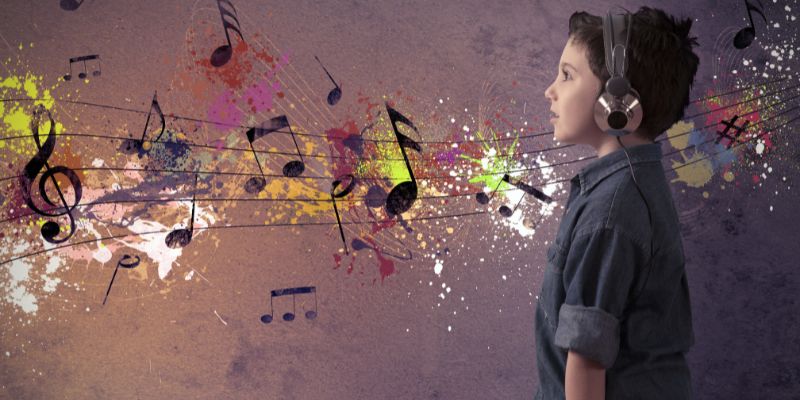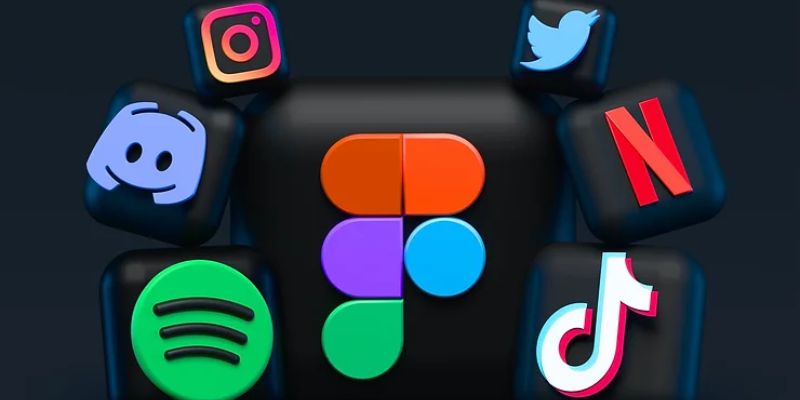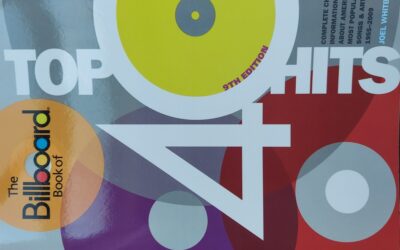Social media platforms like Instagram and Tik Tok have not only affected the social and online lives of people around the world, they’ve also forever changed the music industry. The amount of influence these apps have is impossible to overlook, and social media has played a key role in changing the ways in which music is consumed. How has scrolling for hours on your feed, and the act of listening to music become so closely associated? And what does that mean for the marketing, distribution and regulation of music?
Why Are Artists Turning To Tik Tok and Instagram?
If a song becomes famous on Tik Tok or Instagram, chances are that it’s going to be heard by the millions of different users who use these apps daily. This also means that listeners who find a song they like on Tik Tok or Instagram are more likely to go to the artist’s profile on Spotify/Apple Music/the streaming service they use. More streams on Spotify often mean that it is easier to find in playlists and songs recommended for individual listeners as well. So one song blowing up on Tik Tok could potentially mean reaching huge numbers of people on a bunch of different platforms.
What’s more, people who use these apps daily “spend 30% more time listening to music each week and are twice as likely to pay for a streaming service”, according to a study commissioned by Instagram (which, therefore, you should take with a pinch of salt ;-)) making them the ideal target audience for an artist to increase their fanbase. It’s not rare to see older songs that were released before social media became so big quickly gain popularity and fame too. So if you’re an artist who isn’t getting too many streams, don’t give up just yet! Someone might like your song so much that they use it in a viral video.

How Have These Apps Changed Finding and Listening to Music?
Music on Instagram and Tik Tok needs to have some sort of impact in the short 15 or 30-second snippets that go with the videos to have a shot at going viral. Shorter attention spans also mean that it’s harder for artists to release full albums and expect people to listen to them fully (unless they’re huge, of course). This has meant that more and more artists are deciding to release singles and EPs rather than full-length albums: to try and make the most of the very short time in which someone decides whether they like a song or not. The indie music scene in India has also shown signs of this trend where artists release new music in smaller doses. Social media has also made it easier to share the music you like, making it more likely that people’s friends will listen to the same songs they’re listening to.
Bigger artists who are more popular on social media can use their reach to their advantage. Instagram has been the first place to announce new music for many artists recently, and with a big enough following, millions of people are able to get updates about gigs, tours and upcoming songs within a matter of minutes; sometimes even seconds. Social media also gives artists the opportunity to carefully create their public image and brand. An artist’s image is very important because it goes back to the shorter musical attention span of people on social media. Within a few seconds, people discovering new artists should be able to tell their vibe and the type of music they make just by looking at things like their pictures or album covers.
What Does All This Mean?
More people are listening to music than ever. One way of looking at it is that this is the best time to be an artist releasing music, since there are so many ways of a song being shared among people and platforms. Even relatively unknown or newer artists can kickstart their career by creating songs that go well with social media trends or make use of the 15-second period before the next reel or Tik Tok comes up. There are also more ways to connect with people and promote yourself as an artist through social media.
However, there’s a more pessimistic way of looking at it too. Bigger, more well-known artists who were already big enough without being all over social media have more resources than smaller artists. They can use things like record label deals or partnerships with social media apps to make sure that their song is heard by even more people than before, and that it’s being used by as many people on social media as possible. So in a way, social media can also help keep the biggest artists at the top, at the expense of smaller artists.
Both sides are equally valid, making it super difficult to know where to stand on the impact of social media on music. Social media in India also works differently to social media in the west, and the effect that it’s had here has different meanings in India. This will continue to be a topic of discussion for many years to come, so in the meanwhile, keep an eye on the songs that you listen to on social media and see how they affect your music listening patterns!





